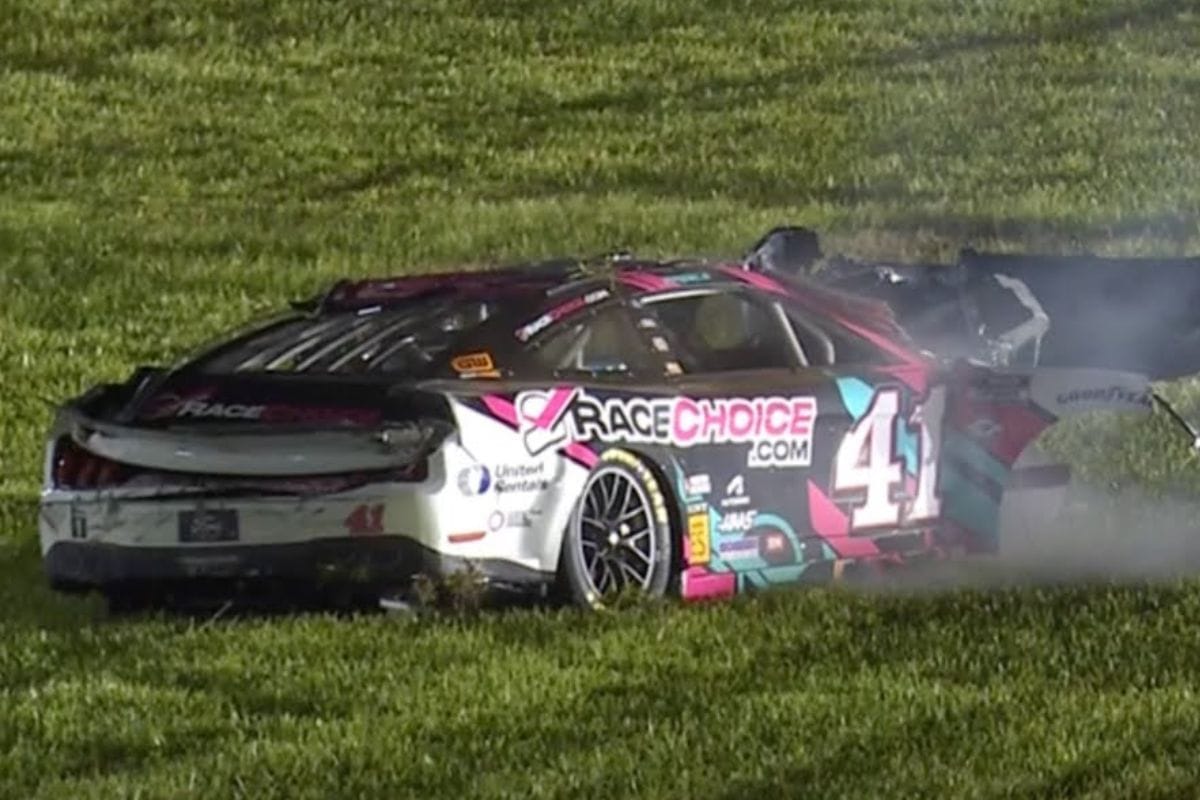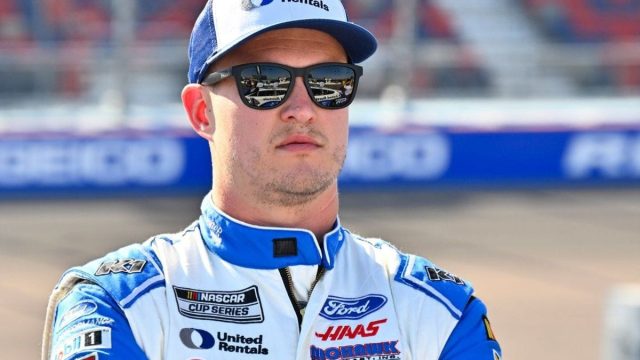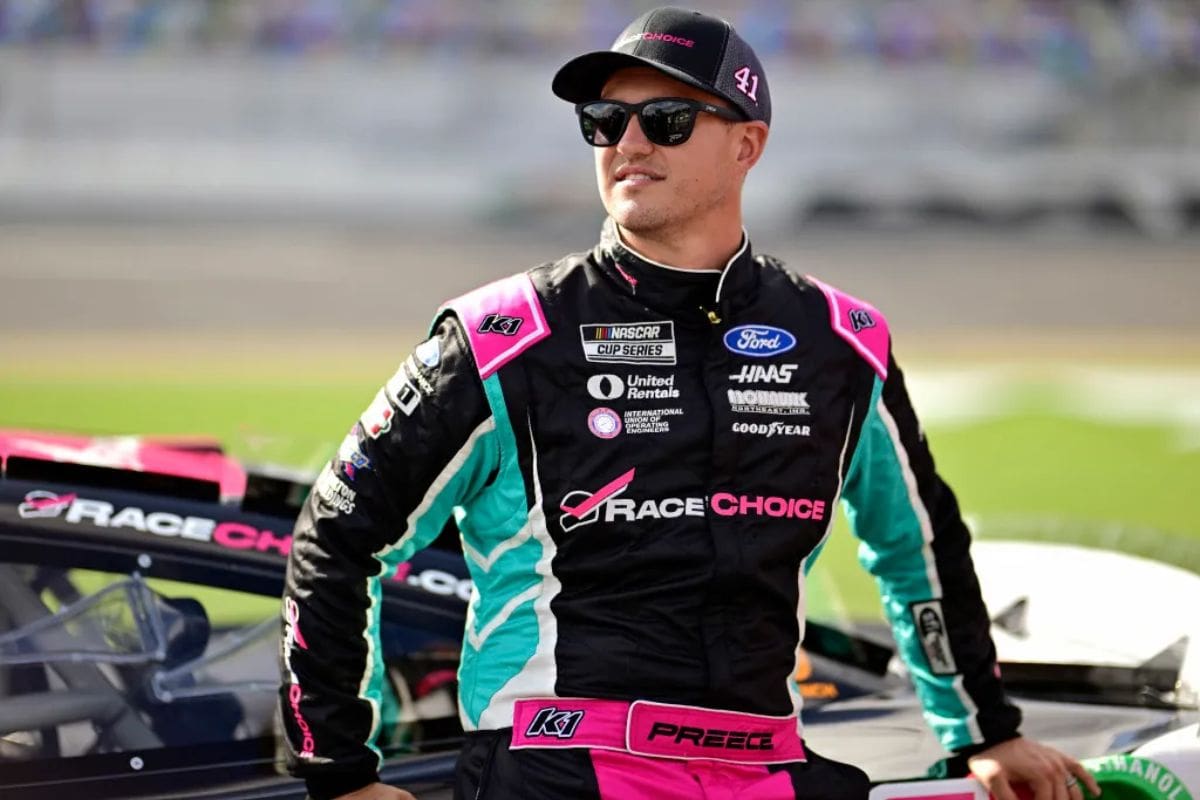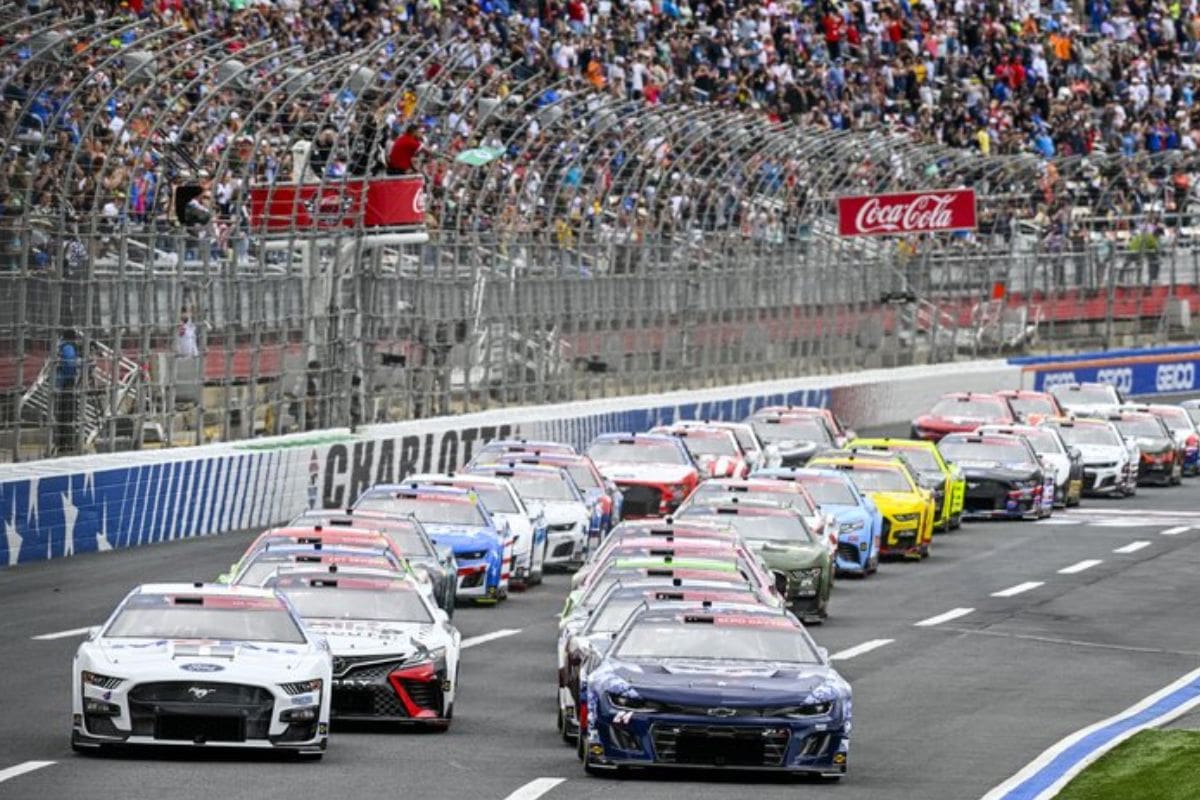Ryan Preece Shrugs Off Daytona Fear: Ryan Preece‘s response to his harrowing crash at Daytona raises critical questions about the interplay between risk and resilience in motorsports. Despite the traumatic experience, Preece’s assertion that his passion for racing remains intact demonstrates a complex relationship between danger and dedication. His perspective invites an examination of the evolving safety measures in NASCAR and how they influence driver mentalities. As discussions around driver safety intensify, one must consider whether Preece’s outlook is representative of a broader trend among drivers, or if it signals a unique personal resolve that sets him apart.
Key Highlights
- Ryan Preece’s crash at Daytona highlighted the dangers of NASCAR, but he emerged uninjured, showing the effectiveness of safety measures.
- Despite the traumatic experience, Preece maintains a calm, focused mindset, reaffirming his passion for racing.
- He dismisses fears associated with high-speed racing, emphasizing a commitment to compete at top levels.
- Preece’s resilience has garnered widespread support from fans and fellow drivers, reinforcing his determination to continue racing.
- Ongoing safety improvements in NASCAR aim to protect drivers, reflecting the organization’s commitment to enhance racing safety post-incident.
Ryan Preece’s Terrifying Crash and Resilience
The harrowing crash experienced by Ryan Preece at Daytona last year serves as a striking reminder of the inherent dangers in NASCAR racing. Despite advancements in safety technology, such as the HANS device and SAFER barriers, the unpredictability of high-speed competition leaves drivers susceptible to life-threatening situations. Preece’s incident exemplified this risk, as his No. 41 Ford Mustang flipped multiple times, eliciting gasps from onlookers and fans similarly.
The very nature of racing demands that drivers confront these hazards head-on, highlighting the psychological fortitude required to succeed in this arena. In the aftermath of the crash, which could have easily resulted in severe injury or worse, Preece’s reaction was momentous. Emerging from the wreckage unscathed was a reflection of both his physical resilience and the effectiveness of modern safety measures.
However, the mental implications of such a life-threatening event cannot be understated. Drivers often face the dual challenge of processing trauma while maintaining their competitive edge. Yet, Preece has approached subsequent races with a steadfast resolve. His ability to compartmentalize the fear and anxiety stemming from the crash is indicative of a seasoned professional who understands the demands of the sport.
Ryan Preece’s Outlook on Racing at Daytona
Although Ryan Preece acknowledges the lingering memory of his harrowing crash at Daytona, he approaches the upcoming race with a focused mindset and steadfast resolve. Preece’s perspective on racing at this iconic superspeedway reveals a blend of resilience and pragmatism that is representative of seasoned competitors in NASCAR. While the specter of his near-fatal accident remains in the background, he refuses to allow it to overshadow his commitment to the sport.
In a conversation with prominent NASCAR reporter Bob Pockrass, Preece expressed a remarkable sense of calm as he prepares to re-enter the fray. His words highlight a certain numbness that many drivers experience when facing the inherent dangers of racing. “When I pull through the tunnel and go to Daytona, my feelings don’t change as far as strapping in,” he stated, emphasizing his acceptance of the risks involved.
However, Preece’s outlook transcends mere bravado. He acknowledges the emotional weight that accompanies the realities of racing, particularly the impact of a crash on his family. The thought of putting his loved ones in jeopardy has shifted his perspective, emphasizing the responsibilities he carries.
“I’m very blessed and happy that I was able to survive,” he remarked, indicating that his approach now includes a deeper consideration of the consequences of his profession.
“I’m very blessed and happy that I was able to survive and not put my wife or my child in a tough situation, because those are some thoughts that you think about now. Well, selfishly, before you wreck, you just get out of the car and move on, but there’s other things to think about now.” – Preece
Ryan Preece said it isn’t traumatic to see replays of his Daytona wreck a year ago but it does make him realize how big a wreck it was. He also bought a motorhome after that accident so his family could now have a play to be at the track during superspeedway races. @NASCARONFOX pic.twitter.com/T8miikuXSI
— Bob Pockrass (@bobpockrass) August 22, 2024
Recent Changes to NASCAR Safety Features
As Ryan Preece prepares to confront the challenges of racing at Daytona, the broader context of NASCAR safety features comes into sharp focus. Recent incidents, including Corey LaJoie’s harrowing multi-flip crash in Michigan, have prompted noteworthy refinements to the Next-Gen car’s safety protocols. These alterations reflect NASCAR’s commitment to prioritizing driver safety amidst the inherent dangers of high-speed racing.
Key improvements to NASCAR’s safety framework include:
- Reinforced Cockpit Structures: Improved designs to withstand impacts and protect drivers during crashes.
- Advanced Seat Technology: Implementation of seats that provide better energy absorption and spinal support.
- Improved Helmet Standards: Stricter regulations on helmet specifications to minimize head injuries during collisions.
- SAFER Barriers: Increased use of Steel and Foam Energy Reduction barriers at tracks to dissipate energy from impacts.
- Enhanced Data Monitoring: Advanced telemetry systems track driver essential signs and vehicle performance, allowing for real-time safety assessments.
These changes indicate a proactive approach by NASCAR to address the evolving challenges of motorsport safety.
As Preece and his peers navigate the complexities of high-stakes races, the advancements in safety technology serve as a critical buffer against the risks they face.
While the thrill of racing remains, the priority on driver protection is a reflection of NASCAR’s ongoing evolution in the face of adversity.
Corey LaJoie’s Accident and NASCAR’s Response
In consideration of Corey LaJoie’s recent accident at Michigan International Speedway, NASCAR has been compelled to reevaluate its safety measures for the Next-Gen race cars. LaJoie’s incident mirrored the harrowing experience of Ryan Preece, as both drivers encountered situations where their vehicles unexpectedly launched into the air. Following his collision with Noah Gragson’s car, LaJoie’s No. 7 Chevrolet spun across the track and, despite the presence of air deflectors, took flight. The sheer force of a 3,300-pound race car being tossed skyward emphasizes the limitations of current safety mechanisms.
LaJoie’s car performed a series of flips upon landing, a sequence that not only demonstrates the unpredictable nature of high-speed racing but raises serious concerns regarding driver safety. The gravity of this event, particularly considering the forthcoming Daytona race, has triggered urgent discussions within NASCAR.
The organization must confront the reality that existing designs may not sufficiently mitigate the risks posed by similar freak accidents. This incident serves as a catalyst for NASCAR to strengthen its commitment to safety, especially as it prepares for an event known for its high speeds and tight pack racing.
As the league examines the implications of LaJoie’s accident, stakeholders must advocate for more robust safety features that can endure the extreme conditions of modern racing. The current moment requires both introspection and proactive measures to safeguard drivers in a constantly changing sport.
NASCAR’s New Safety Measures
Safety remains a paramount concern in NASCAR, prompting the organization to implement new measures aimed at mitigating the risks associated with high-speed racing. In response to recent incidents, including the harrowing crash involving Ryan Preece, NASCAR has mandated the inclusion of a ride-side rear window air deflector. This regulation stems from thorough wind tunnel tests conducted prior to the Daytona race, aimed at enhancing vehicle stability during spins.
The introduction of this component is particularly notable as it increases the liftoff speed of a car during an incident, thereby reducing the likelihood of the vehicle becoming airborne. Although the long-term impact of these changes is yet to be fully assessed, the initiative reflects NASCAR’s commitment to evolving safety protocols.
Key aspects of NASCAR’s new safety measures include:
- Ride-side rear window air deflector: Designed to keep cars grounded during spins.
- Enhanced wind tunnel testing: Ensuring data-driven decisions for performance and safety.
- Regular safety audits: Ongoing evaluations of race car designs and components.
- Driver education programs: Fostering awareness of safety features and protocols.
- Collaboration with engineers: Working closely with teams to innovate and improve safety technology.
These measures highlight NASCAR’s proactive approach to driver safety, reminding stakeholders that the organization remains vigilant in its quest to protect athletes in this high-octane sport.
As these changes are implemented, the expectation is that they will contribute considerably to reducing the risks associated with racing at such extreme speeds.

News in Brief: Ryan Preece Shrugs Off Daytona Fear
Ryan Preece’s response to the frightening crash at Daytona exemplifies a broader theme within motorsport: the balance between risk and passion. His resolve to continue racing highlights the resilience characteristic of professional athletes. In view of recent incidents, including Corey LaJoie’s accident, NASCAR’s commitment to enhancing safety measures becomes essential. As the sport evolves, the integration of advanced safety features will play a vital role in addressing concerns while preserving the thrilling essence of racing.
ALSO READ: Ryan Preece’s Future in NASCAR: Is Time Running Out?


